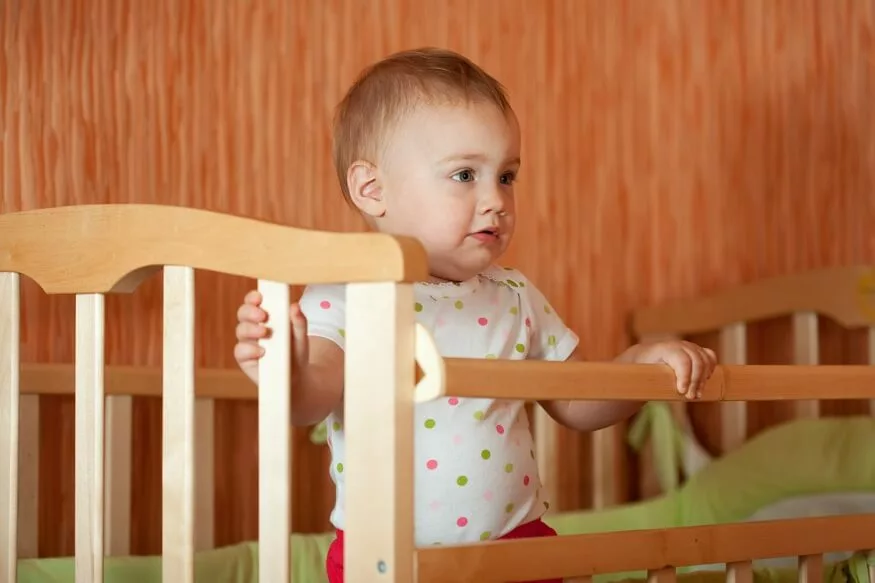Nail biting is a common habit among children. It can be a source of concern for parents and caregivers. Often regarded as a nervous habit, nail biting can have various underlying causes and can persist into adolescence if not addressed early on. This article explores effective approaches to preventing nail biting in children, offering practical tips and insights to guide parents in nurturing healthy habits from preschool to adolescence.
Understanding the Nail Biting Habit
Nail biting, medically known as onychophagia, is a prevalent behaviour in childhood, with estimates suggesting that around 20-30% of children engage in this habit at some point. While it is generally considered normal for young children to explore the world through their mouths, persistent nail biting beyond the preschool years can become a habit that needs attention.
There are several reasons why children may develop a nail biting habit. Anxiety, boredom, imitation of adults or peers, or even a response to stress can contribute to this behaviour. Understanding the root cause is crucial in devising effective strategies to prevent and address the habit.
Also Read: 10 Tips to Instil Good Manners and Good Habits in Students
Causes of Nail Biting in Children
- Stress and Anxiety: Children may resort to nail-biting as a coping mechanism for stress or anxiety.
- Imitation: Observing family members or peers who bite their nails can lead to imitation behaviour in children.
- Boredom: Nail biting may become a habit when children are bored, providing a subconscious outlet for restlessness.
- Perfectionism: Children with perfectionist tendencies may bite their nails as a response to frustration or dissatisfaction.
- Genetics: There’s a genetic component, and if parents have a history of nail-biting, children may be more predisposed to develop the habit.
- Sensory Stimulation: Nail biting can serve as a sensory-seeking behaviour for tactile stimulation.
Also Read: Practical Strategies to Kick the Habit of Food Throwing
Tips to Stop Nail Biting in Children
Discover effective strategies to curb nail biting in children. From positive reinforcement to identifying triggers, empower your child to quit this habit.
Positive Reinforcement
Encouragement and positive reinforcement are powerful tools in modifying a child’s behaviour. Whenever you notice your child refraining from nail biting, praise their efforts and offer positive feedback. This will boost their confidence and motivation to continue avoiding the habit.
Identify Triggers
Pay close attention to when and why your child tends to bite their nails. Identifying triggers, such as stress or boredom, can help you address the underlying issues. Engage in open communication with your child to understand their feelings and provide alternative coping mechanisms.
Maintain a Consistent Routine
Consistency is key when trying to break any habit. Establish a routine that includes regular mealtimes, play, and relaxation. A well-structured routine can reduce anxiety and boredom, making it less likely for your child to resort to nail biting.
Provide Alternatives
Offer your child alternatives to nail biting, such as stress balls, fidget toys, or chewable jewellery. Having a substitute can redirect their urge to bite towards a more acceptable behaviour, gradually breaking the habit.
Use a Bitter Tasting Nail Polish
Special nail polishes with a bitter taste are available in the market, designed to discourage nail biting. Applying such a polish on your child’s nails acts as a deterrent, associating the habit with an unpleasant taste.
Involve the Child in Goal Setting
Engage your child in setting achievable goals for themselves. This can include specific periods of time without nail biting or milestones related to reducing the frequency. By involving them in the process, you empower your child to take ownership of breaking the habit.
Educate and Raise Awareness
Age-appropriate education about the consequences of nail biting can be enlightening for children. Explain the potential health risks, such as infections and damage to the nail bed, in a way that is accessible and understandable to your child.
Seek Professional Advice
If the habit persists despite your efforts, consider seeking advice from a healthcare professional or a child psychologist. They can provide insights into the underlying causes and offer tailored strategies to address the habit effectively.
Lead by Example
Children often imitate the behaviours of adults and older siblings. Be conscious of your own habits, ensuring that you model healthy behaviours for your child. If you are a nail biter yourself, consider addressing your own habit simultaneously.
Create a Supportive Environment
Foster an environment where your child feels comfortable expressing their feelings. Encourage open communication and assure them that it’s okay to ask for help when needed. A supportive environment can contribute to the emotional well-being of your child, reducing the likelihood of resorting to nail biting as a coping mechanism.
Addressing Nail Biting in Preschoolers
Nail biting is particularly common in preschoolers, often as a result of the oral exploration characteristic of this developmental stage. Here are some age-specific tips for preventing nail biting in preschoolers:
- Gentle Reminders: Preschoolers respond well to gentle reminders. Instead of scolding, offer a kind and understanding reminder when you notice your child biting their nails. Use simple language to explain why it’s better to keep their fingers out of their mouths.
- Storytelling: Children love stories. Create a simple, engaging story that features a character overcoming nail biting. Use this narrative to illustrate the positive outcomes of breaking the habit and encourage your preschooler to follow suit.
- Play-Based Learning: Introduce play-based activities that can indirectly discourage nail biting. For example, engage your child in finger painting or playdough activities that keep their hands occupied and away from their mouths.
- Celebrate Small Victories: Preschoolers thrive on positive reinforcement. Celebrate small victories, such as a day without nail biting, with a reward system. This can be as simple as a sticker chart or a small treat to acknowledge their efforts.
- Engage in Calming Activities: Help your preschooler develop alternative coping mechanisms for stress or anxiety. Activities such as deep breathing exercises, listening to calming music, or hugging a soft toy can provide comfort without resorting to nail biting.
Preventing nail biting in children involves a multifaceted approach that considers the child’s age, individual triggers, and the underlying reasons for the habit. By combining positive reinforcement, understanding triggers, and providing alternatives, parents can play a pivotal role in helping their children break the nail biting habit. EuroSchool believes that it is essential to approach the issue with empathy, patience, and a commitment to creating a supportive environment that fosters healthy habits from preschool to adolescence.
Also Read: How to Help Your Kid Kick the Thumb-Sucking Habit










